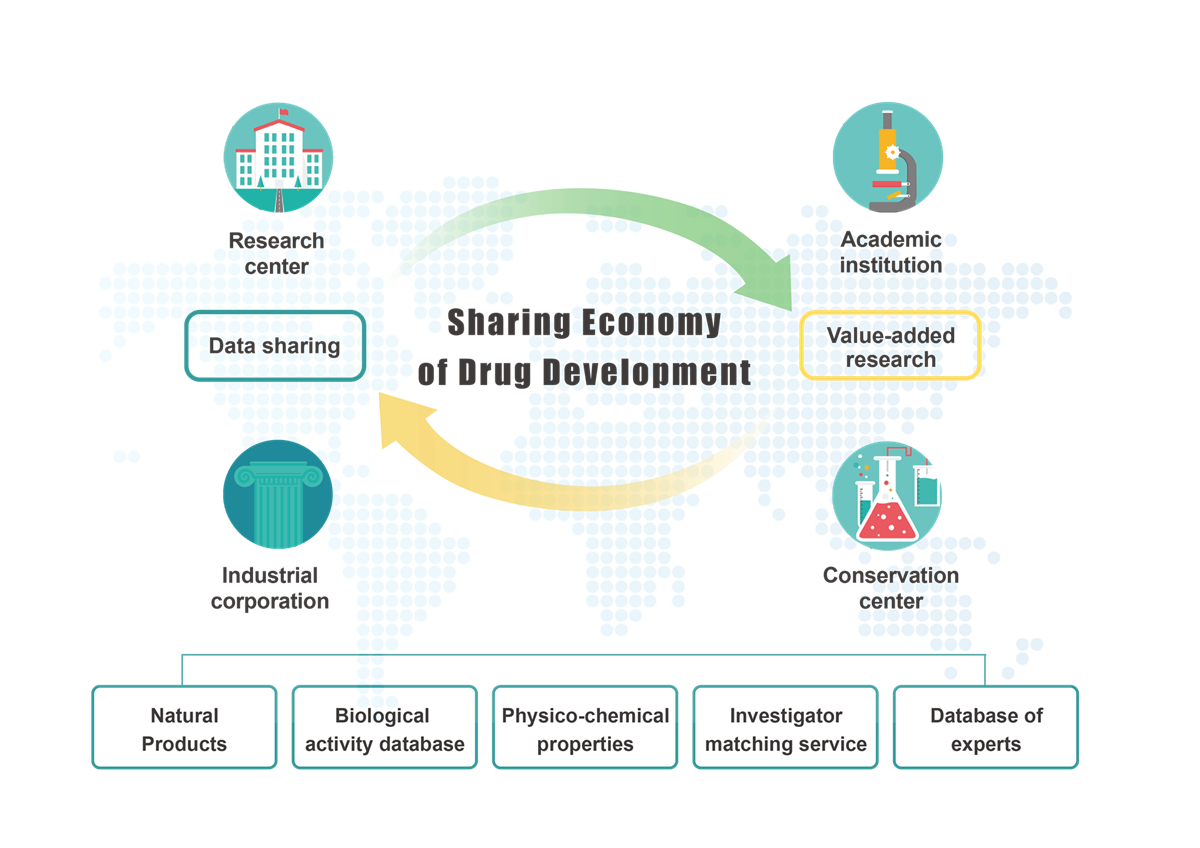Chinese Medicine Research and Development Center | Our Speciality
Our Speciality
In addition to joining up with the research platform established at the campus, the center is scheduled to set up a new R&D team for new drug development. The center's research focus is as follows:
Establish a Platform for New TCM Activity Screening
Establish a Screening Test Platform on Enzymes, Cells, Receptors, Tissues, Organs or Animals for the Development of New TCM.
In the gene-decoding post-genomic era, the exploration of the function of human endogenous protein will be the likely direction of targets for novel drug action. Most of the conventional new drug research hopes to find out the substances (receptors, enzymes, ion channels, etc.) acting on a specific drug target by screening large numbers of natural or semisynthetic compounds. These targets usually have important physiological or pathological response, so the substances acting on them may have pharmacological activity.
Separation of Key Active Ingredients
The first task for the development of Chinese herbal medicines is to decode the composition of complex and diversified Chinese herbal medicines. There are many chemical properties of components that are very similar to those of Chinese herbal medicines, and effective key ingredients can be screened efficiently. CMRDC provides advanced separation and purification technologies and equipment, and can further discuss the need to screen out the effective substances that need to be separated according to user needs.
Molecular Screening and Identification of Chinese Herbal Medicines
After separation and purification of the Chinese herbal extract, it is necessary to further identify thesubstancesand elucidate their possible structure. CMRDC provides a variety of molecular instrument identification services, combined with another technical service provided by the center to analyze the chemical fingerprints of Chinese herbal medicines, and uses professional, accurate and scientific identification methods to import all identified Chinese herbal medicine screening molecules into Taiwan Database of Extracts and Compounds (TDEC). This database can be used in the future to discuss and establish a cooperation with collaborators in order to develop a new drug.
Preclinical Effectiveness Assessment and Best Effective Dose Assessment
Our center provides pre-clinical cell experimental tests, microbiological tests, and animal experiments to test the best medicinal dose of the separated Chinese herbal medicines. The Center also provides a variety of Chinese herbal medicine functional reports that allow collaborators to select scientific reports for the required services.
Animal Toxicity Testing
The raw materials used for the separation and extraction of Chinese herbal medicines are often difficult to utilize due to their high toxicity, which makes them unable to be approved by the competent medical authorities as approved safe drugs. Toxicity testing is often an important indicator of clinical trials during the development of herbal medicines. The Center and related high medical research units have rich experience and cooperated for many years and can provide complete animal toxicity testing to provide a comprehensive toxicological assessment report for partners.
Clinical Trial Assessment
The Center's R&D team cooperates with resident physicians in the China Medical University Hospital of various departments for many years and will be able to provide partners with more in-depth clinical trial cooperation opportunities in the future. However, clinical trials need to be agreed with doctors through the Human Trials and Research Ethics Committee to conduct clinical trial assessment tests. Therefore, CMRDC will assist users by conducting preclinical laboratory assessments or reviewing all preclinical statutory laboratory reports, and then will help to inform the doctors collaborating with the Center to conduct relevant clinical trials.
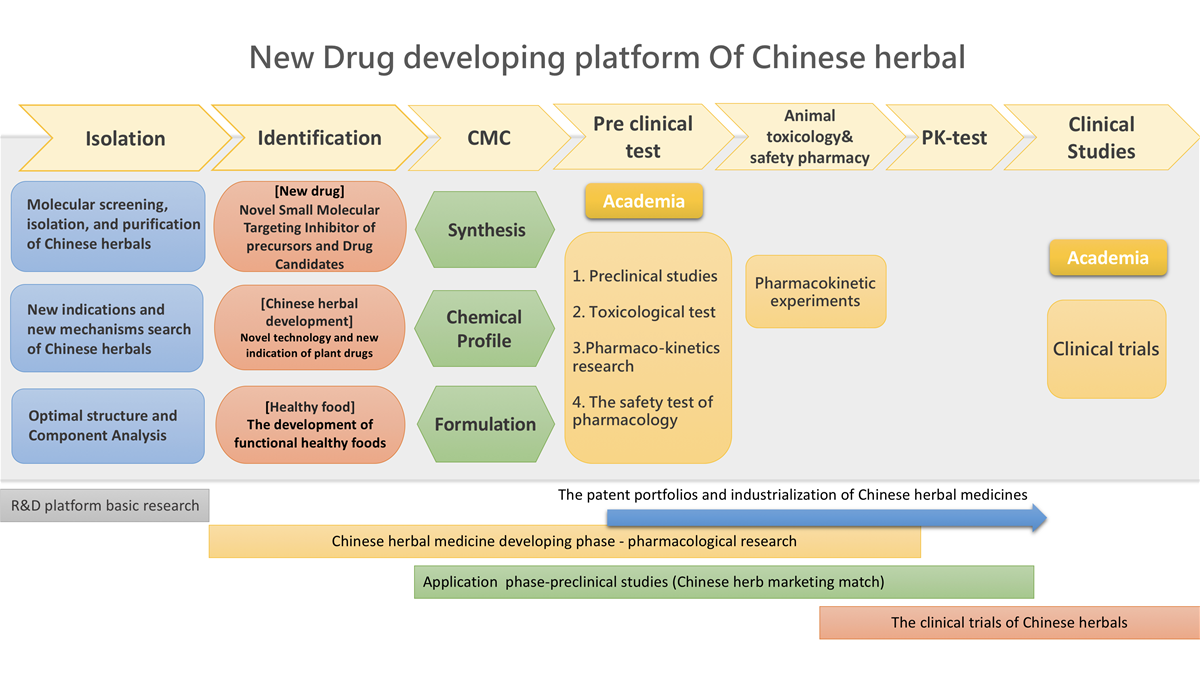
Study on TCM Medicinal Composition
In combination with the activity screening platform, the study separates real active ingredients from Chinese herbal medicine by bioactive guidance and completes the identification of its structure. On the one hand, the study can provide scientific evidence for TCM single or compound preparations; on the other hand it can be used as a lead compound for new drug development.
Develop New TCM for the Subject Matter of Disease Treatment
What follow can be achieved in principle through the planning of the above research content:
TCM (including herbal medicine) effective components, theoretical discussion, mechanism of action, preparation and synthesis of derivatives, development of preparations and health food and new TCM lead compound output include the following newly developed TCM for the subject matter of disease treatment:
- Anticancer or adjuvant drugs
- Anti-inflammatory drugs
- Drugs for metabolic diseases
Bioinformatics Analysis
CMRDC provides a variety of bioinformatics analysis methods such as molecular docking, molecular modeling, virtual screening, and quantitative structure-activity relationship (QSAR).
Molecular Docking
CMRDC can use a variety of small molecule docking calculation software such as AutoDock, iGEMDOCK, GOLD and other software to perform molecular docking calculation. The interaction between the molecule and target protein will be understood by molecular modeling analysis.
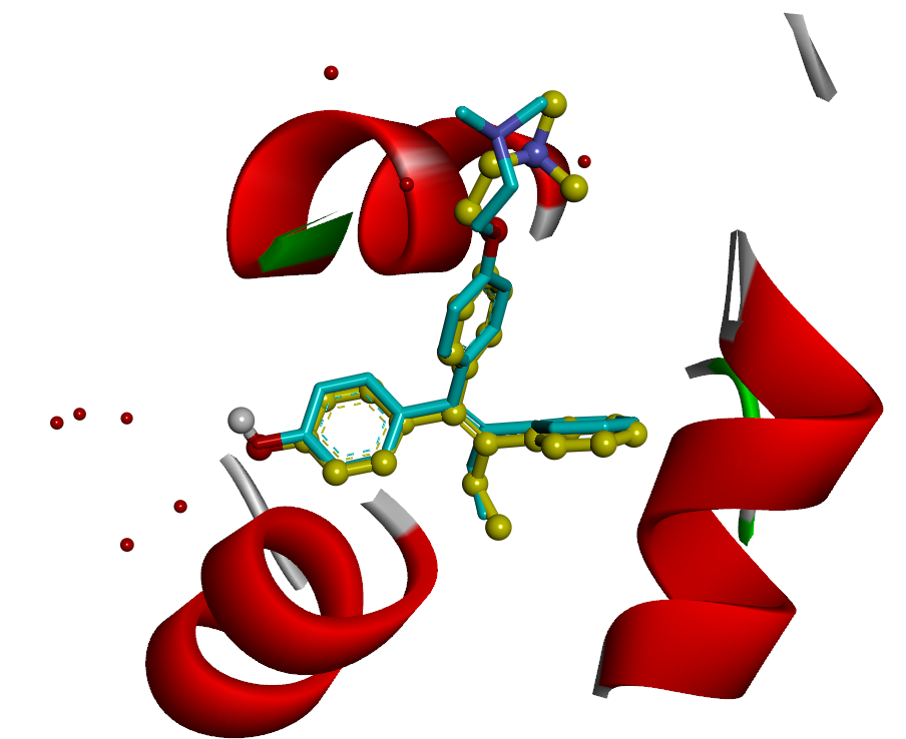
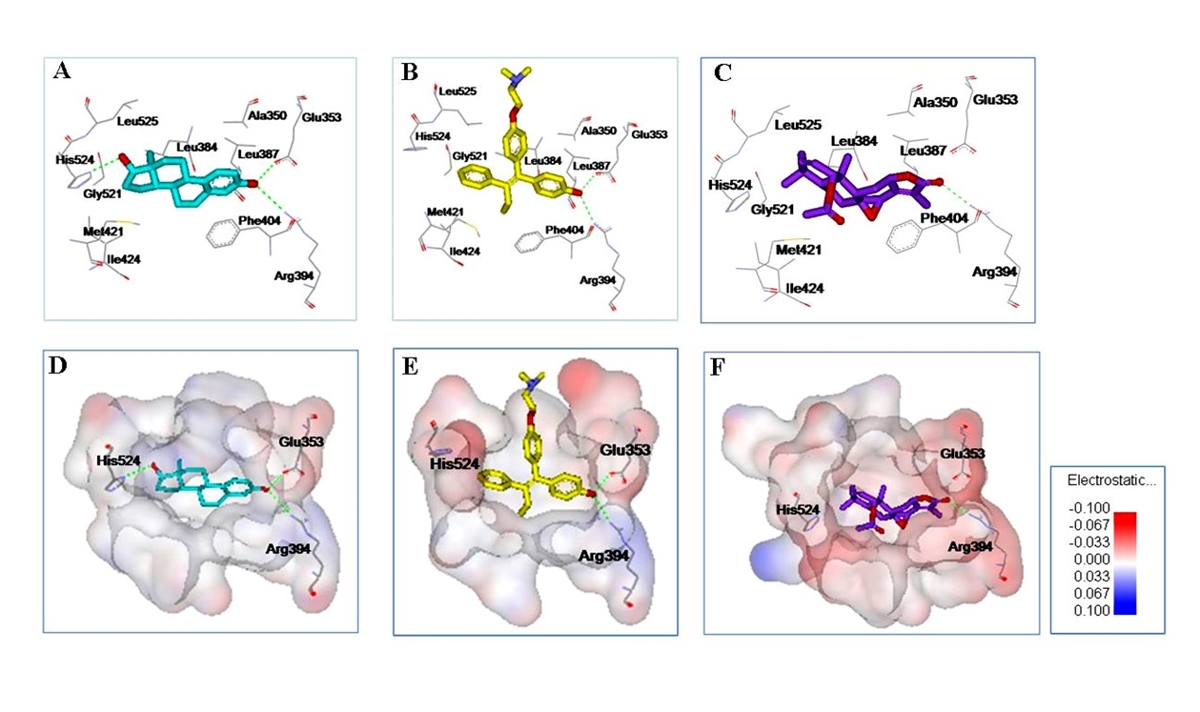
Virtual Screening
CMRDC can use a variety of docking software to perform virtual screening technique to dedicate to find potential drug from small molecular databases (eg. ZINC Database).
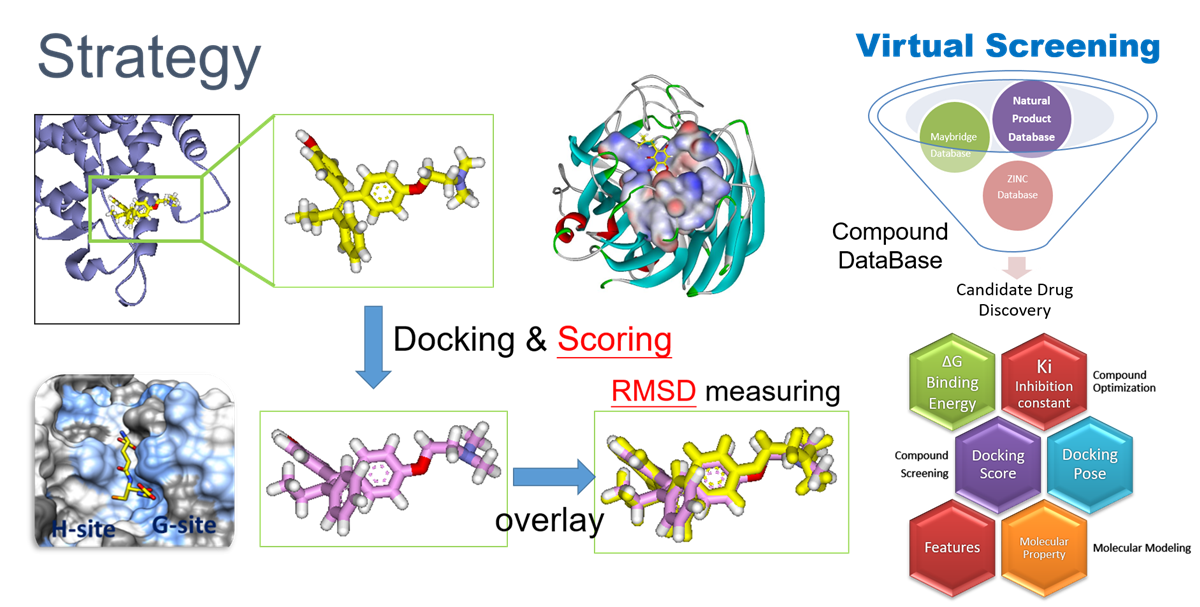
Quantitative Structure-Activity Relationship (QSAR)
CMRDC can use the SYBYL software for 3D QSAR (The software service needs legal registration via National High Speed and Computing Center). 3D QSAR is a ligand-based drug design tool which focuses on understanding the relationship between structure and activity. The CoMFA and CoMSIA simulation models can provide some information to researchers. These models can offer structure or electronic based suggestions to the researcher. It can help us focus on structure optimization and drug development strategy to shorten discovery time.

Taiwan Database of Extracts and Compounds (TDEC)
Taiwan Database of Extracts and Compounds (TDEC) is an academic and scientific website which offers a platform for investigators in different fields to share their own research information. Furthermore, the most significant aim of TDEC is to preserve Taiwan’s important resources, including crude extracts, pure natural isolates, and chemically synthesized derivatives from Chinese herbal medicines, marine organisms, and microbes, etc. To integrate the aforementioned substances from the academic research institutions, industrial units, and botanic conservation centers to make more drugs and products developments efficiently. TDEC provides functional services such as drug management, drug search, investigator matching, and data statistics systems, etc. Drug information consisted of compounds’ structures, physical and chemical properties, and biological activities, etc. could be shared for every researcher in the world. Especially for the matching function, it could offer a point-to-point link between drug providers and investigators to efficiently help them to cooperate with each other and promote the powerful researches. Welcome to TDEC and join it (https://tdec.kmu.edu.tw).
